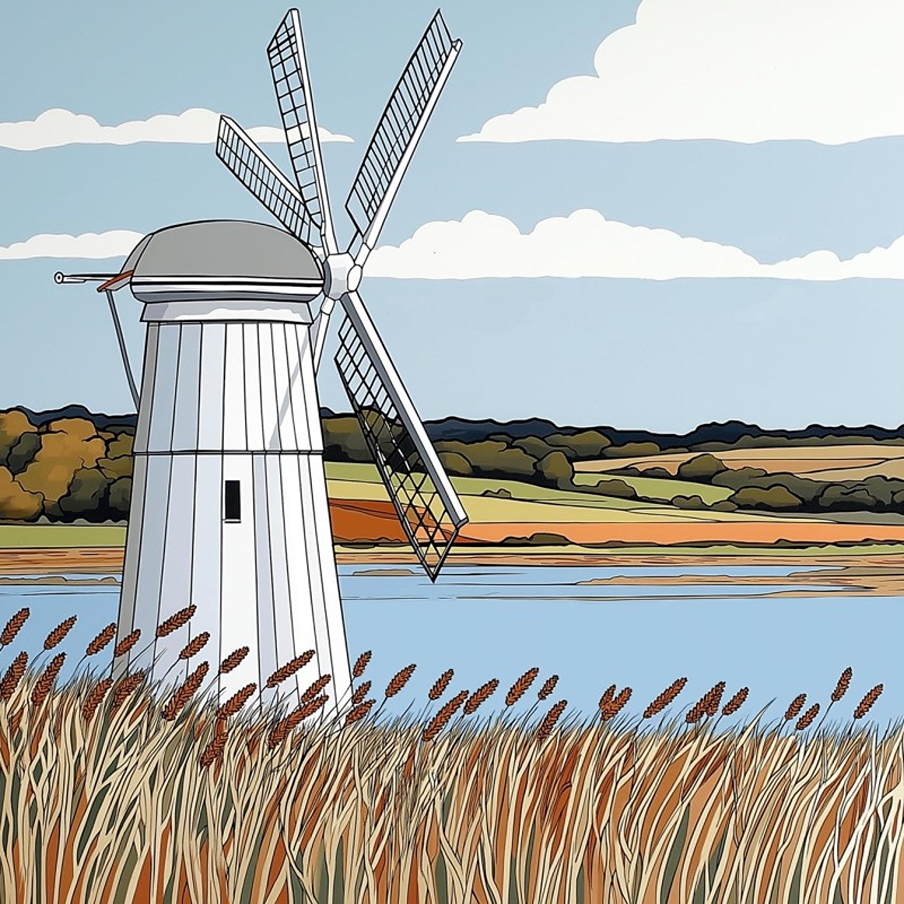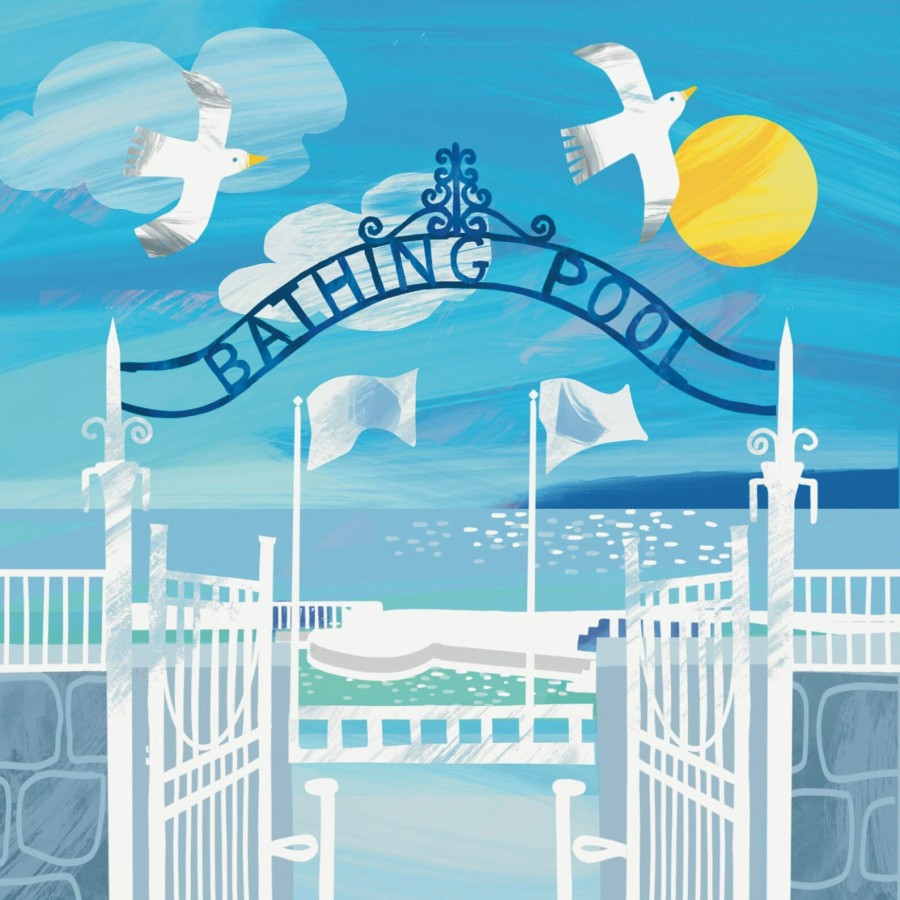Unique Islands (just off the Kent coast)

Isle of Sheppey lies off the North Kent coast, and includes seaside towns, a harbour and two nature reserves (home to oystercatchers, redshanks, lapwings and marsh harriers. It’s separated from Kent by the Swale (a narrow part of sea). Originally called ‘Sheep Island’ in Saxon times, this is the birthplace of aviation (good or bad, you decide).
Ian Crofton’s book on English islands has an extensive history of this island, which suffered heavy bombing during World War 2, resulting in unexploded bombs being left on the shoreline. The Elmley National Nature Reserve draws birdwatchers with its rare waders and sweeping views. The wild open skies and grazing cattle create a peaceful escape.
Burntwick Island lies in the Medway Estuary, close to the mainland but cut off by muddy creeks and tidal water. Unlike Sheppey, there’s no access by road. You can still see the remains of a shepherd’s house on Burntwick Island (long left with his sheep, due to flooding) and still littered with Victorian glass and pottery.
The island is part of a protected nature reserve, so it sees few visitors. The saltmarsh is home to countless birds, including curlews and redshanks. Seals often haul out on its muddy banks.
Burntwick has a strange history. In the 18th and 19th centuries, it was a hideout for smugglers running contraband up the Medway. Locals tell stories of secret meetings, hidden goods, and daring escapes.
Later, the island became more sinister, as it was used as a quarantine site during outbreaks of plague and cholera. Old gravestones are hidden in the grass, a reminder of those lost to disease long ago. Today, Burntwick’s wild landscape feels timeless, shaped by tides and history.
Deadman’s Island is named, due to the sad remains of 200 men and boys being found, likely dying on ‘floating prisons’ around 200 years ago. Storms and tides have uncovered human bones and wooden coffins, bringing new attention to its grim story. Archaeologists have found remains of children as well as adults.
Some say the island is haunted, and the bleak, windswept setting only adds to its reputation. Because it’s part of a protected wetland, only researchers may set foot there now. Deadman’s Island stands as a stark reminder of Kent’s sometimes-forgotten stories.






